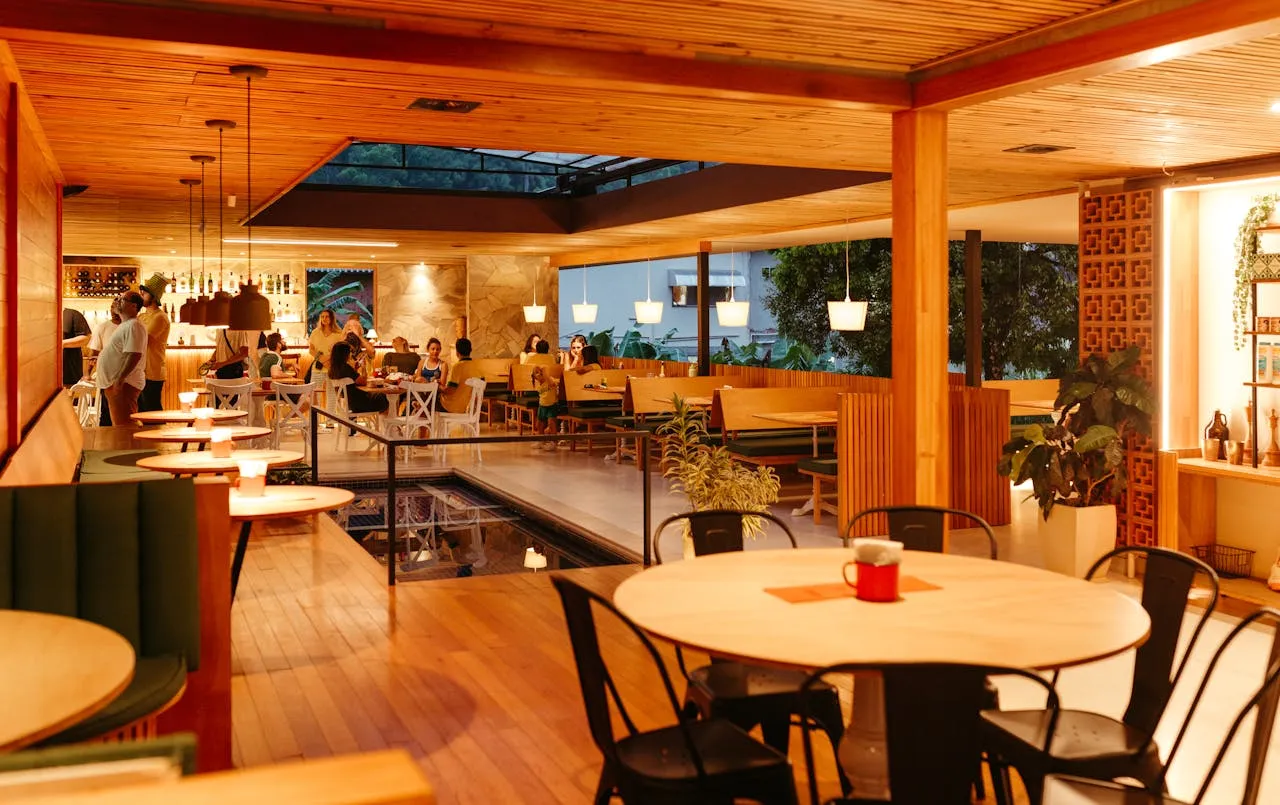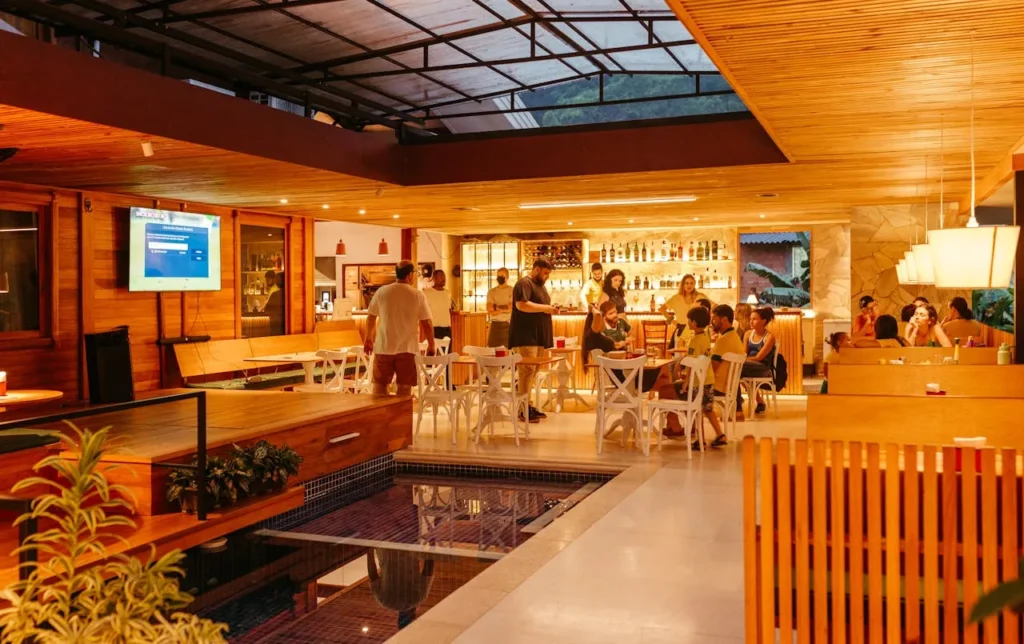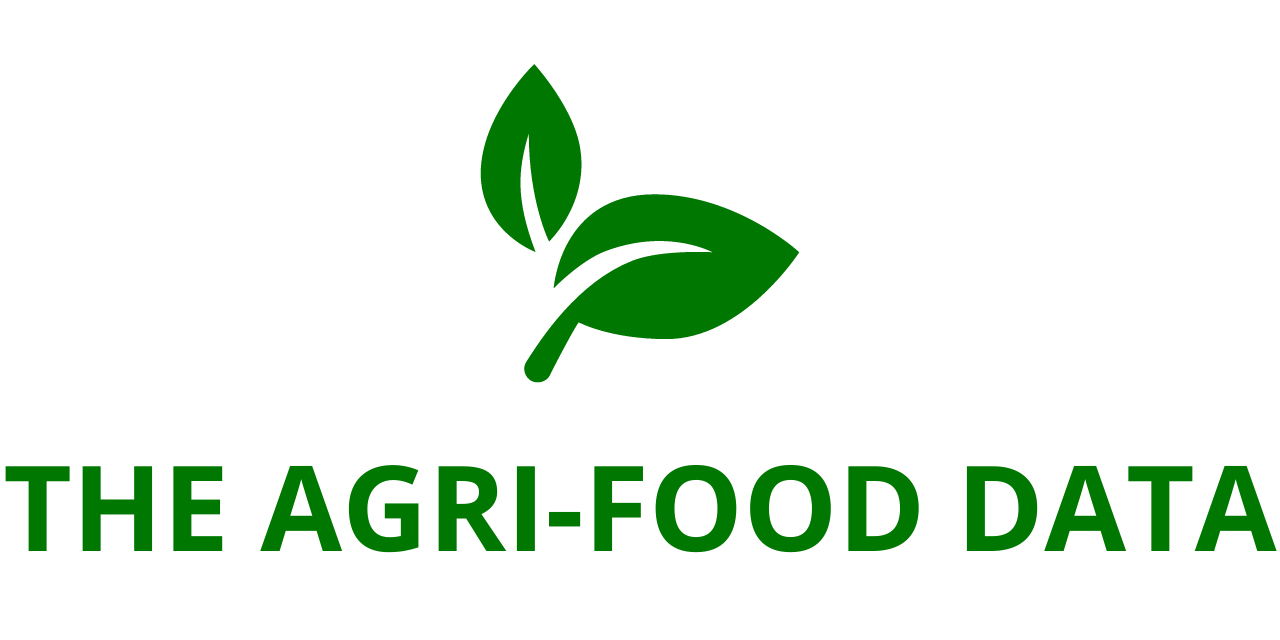
Square has released its latest report on the state of the restaurant industry in 2025, offering a comprehensive look at how food and beverage businesses are navigating a year marked by persistent economic uncertainty. From shifting consumer behaviors to tightening profit margins and evolving operational strategies, the data highlights how restaurants across the U.S. are adapting in real time to macroeconomic conditions.
Dipping Consumer Confidence Leads to Decline in Tipping
Square’s data reveals that declining consumer confidence is directly affecting tipping behavior in the food and beverage sector. In the first quarter of 2025, the average tip across all food and beverage transactions dropped to 15.17%. By the second quarter, it declined even further to 14.99%.
Bars traditionally enjoy the highest tip averages among restaurant types, and while they continued to lead, they too experienced a decline—from 17.36% in Q1 to 16.96% in Q2. Meanwhile, tips at cafés and quick-service restaurants (QSRs) dropped slightly but consistently. In Q1, cafés averaged 14.72% while QSRs stood at 14.64%. These dipped to 14.57% and 14.2%, respectively, in Q2. Full-service restaurants also followed suit, with tips falling from 14.76% in Q1 to 14.64% in Q2.
“Tips are a critical component of restaurant workers’ incomes,” said Ming-Tai Huh, Head of Food and Beverage at Square. “In 2024, tips made up nearly 23% of the average restaurant employee’s earnings. As tipping declines alongside consumer confidence, employees are seeing lower take-home pay, which could potentially reignite staffing shortages and labor instability in an already strained industry.”
Oat Milk Reigns on the Coasts as Prices Drop, But Dairy Dominates the Heartland
Oat milk continues its surge in popularity in 2025, especially in coastal states. Once a niche preference, the plant-based option has become a staple for many coffee drinkers, bolstered by falling prices and increased availability.
Square data shows that nearly half of all coffee orders in states like New Mexico (48.6%), Maine (47.41%), Oregon (45.94%), and Vermont (45.59%) now include oat milk. Meanwhile, more traditional dairy options remain dominant in the South and Midwest. States with the lowest oat milk usage include Wyoming (18.83%), Mississippi (21.99%), Louisiana (23.17%), and West Virginia (25.36%).
Notably, the price premium for choosing oat milk has been declining. In January 2025, customers paid an average of 67 cents extra for oat milk. By June, this surcharge had fallen to 65 cents, reflecting improved supply chains and competitive pricing strategies by cafés and coffee shops.
Fast Casual and QSRs Lead Profitability Metrics Amidst Volatile Economy
To analyze how different restaurant formats are responding to 2025’s financial challenges, Square partnered with hospitality accounting firm Paperchase. By combining transaction data and financial services insights, the study compared fast casual and quick-service restaurants to their fine dining counterparts across growth, margins, and operational efficiency.
Fast casual restaurants, which emphasize speed, value, and quality, peaked in sales growth at 9.3% in Q4 2024 before softening to 0.9% growth in early 2025. QSRs showed even stronger resilience, growing by 15.8% in Q4 2024 and maintaining a solid 8.7% to 9.1% growth rate into 2025.
Labor margins, a key indicator of operational efficiency, are also improving for fast casual and QSR businesses. For instance, fast casual locations saw labor margins stabilize between 17.4% and 21.2%, supported by technology adoption like self-serve kiosks and efficient scheduling. QSRs, although seeing a drop in labor margins from 21.1% in 2024 to 18.8% in 2025, remain ahead due to tighter labor control and standardized operations.
EBITDA margins—a key measure of profitability—remained strong for these formats: QSRs stood at 18.9%, and fast casual businesses at 23.6% in Q1 2025. These figures highlight how lean, scalable restaurant models are better equipped to thrive amid financial headwinds.
“Running a fast-casual business comes with many challenges—from hiring staff to managing inventory and rent,” said Quie Slobert, COO of Charles Pan-Fried Chicken, a New York-based chain using both Square and Paperchase. “Square gives us the tools to track sales and forecast inventory, which is vital. You can’t control the economy, but you can control labor and inventory—and that’s where your profit lives.”
Fine Dining Focuses on Experience but Faces Margin Pressure
While fast casual and QSR formats excel in scalability and efficiency, fine dining leans heavily into experience-driven differentiation—though often at the cost of higher volatility and slimmer margins.
Square and Paperchase found that fine dining sales dipped 13% in early 2024 compared to late 2023, largely due to reduced discretionary consumer spending. However, sales began to rebound in early 2025, growing between 2.1% and 3.1%, indicating a cautious resurgence of interest in luxury dining.

Labor margins in this category varied significantly, ranging from 19% to 26% throughout 2024 and early 2025, peaking during holiday seasons due to the increased staffing demands. EBITDA margins, however, showed extreme fluctuations—from a low of 1% in early 2024 to a high of 19% in Q2, before dropping to 12.2% in early 2025. These numbers underscore the fine dining sector’s vulnerability to economic swings and consumer sentiment.
Online Ordering Becomes Indispensable—but Comes with Margin Trade-offs
Square’s 2025 Future of Commerce report emphasizes the essential nature of online ordering and delivery services for restaurant survival. A resounding 78% of restaurant owners identified online ordering as their most important revenue channel, whether through their own platforms or third-party apps.
Yet, profitability varies widely depending on how orders are fulfilled. Square’s data shows that first-party online ordering is 64% more profitable than third-party delivery, where commissions and service fees cut into margins. On average, restaurants using Square’s first-party ordering system save 30% compared to relying on third-party platforms.
Despite the cost, many businesses continue using third-party delivery services for their convenience and customer acquisition benefits. These platforms provide restaurants with a broader reach and reduce the logistical burden of handling deliveries in-house.
To ease the financial pressure, Square has introduced Instant Payouts for users of Square Checking, enabling restaurants to receive revenue from third-party deliveries instantly—without additional fees. This feature helps restaurants improve cash flow, giving them access to their earnings up to 11 days sooner than traditional payment processing.
Adapting to an Uncertain Future
Square’s latest report paints a picture of a resilient but strained restaurant industry, one that is constantly evolving to meet the challenges of 2025’s volatile economic landscape. As consumer behaviors shift, tipping declines, and competition tightens, restaurants are leaning on technology, operational efficiency, and innovation to stay profitable.
Whether it’s optimizing labor margins, embracing alternative milk trends, improving online ordering systems, or balancing fine dining experiences with profitability concerns, the businesses that can adapt quickly are the ones most likely to thrive in the months ahead.






